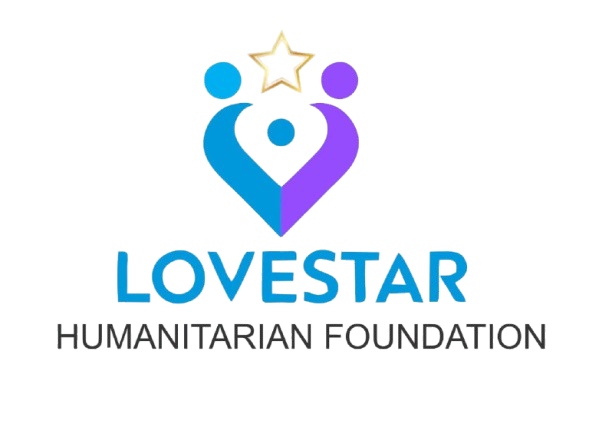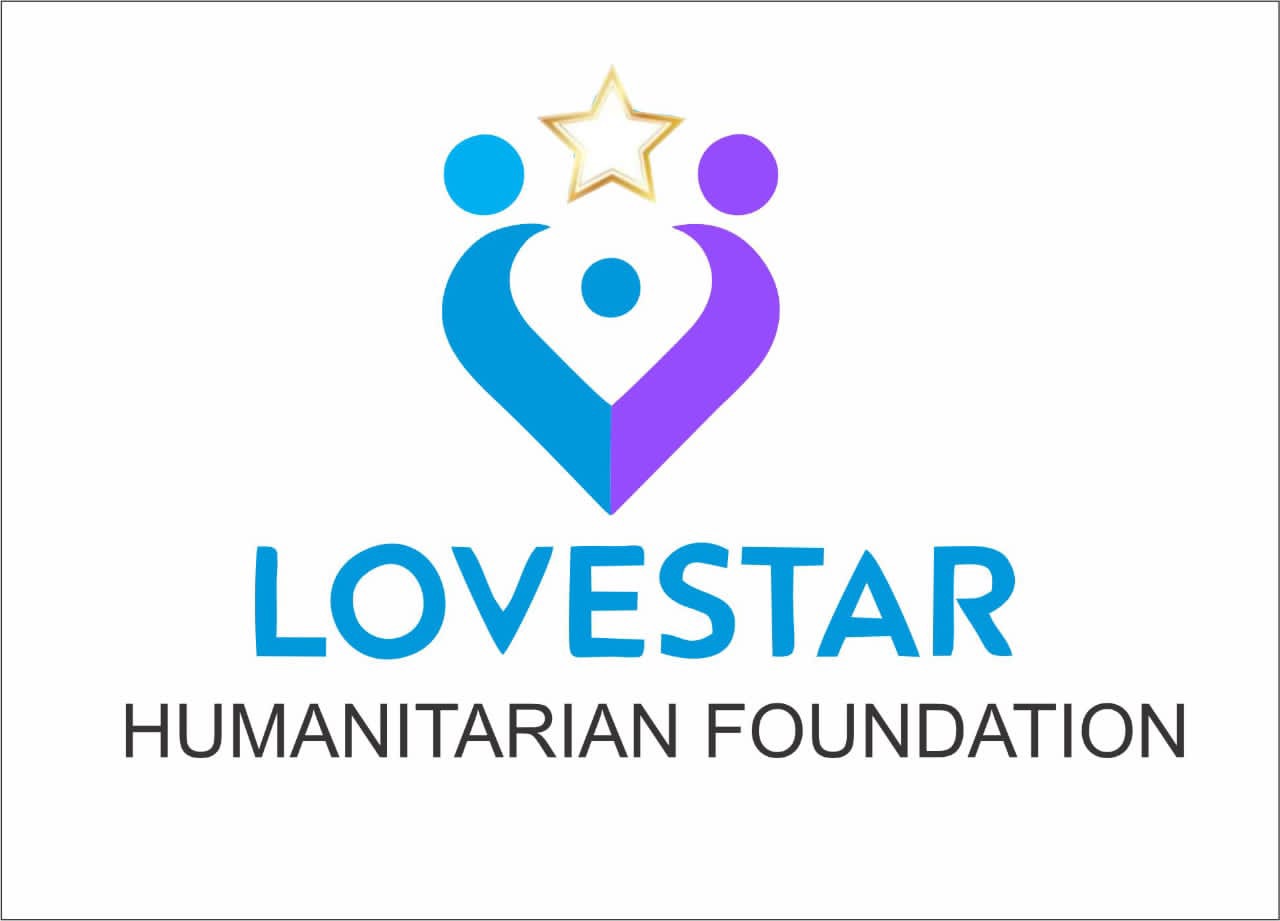Breakthroughs in Cancer Treatment: From Chemotherapy to Immunotherapy
Advancements in cancer treatment have transformed the landscape of oncology, offering hope to millions. From the early days of chemotherapy to the cutting-edge promise of immunotherapy, this article explores the evolution of cancer care and the breakthroughs driving better outcomes for patients.
The Era of Chemotherapy: A Foundational Approach
For decades, chemotherapy has been a cornerstone of cancer treatment. Introduced in the mid-20th century, it works by targeting rapidly dividing cancer cells with powerful drugs. While effective for many, chemotherapy often comes with significant side effects, such as nausea, hair loss, and weakened immunity, due to its impact on healthy cells.
Despite its challenges, chemotherapy remains a vital tool, often used in combination with other treatments. Its ability to shrink tumors and prevent cancer spread has saved countless lives, but its limitations have spurred researchers to seek more precise and less invasive alternatives.
Radiation and Surgery: Complementary Advances
Alongside chemotherapy, radiation therapy and surgical techniques have also evolved. Modern radiation therapies, like intensity-modulated radiation therapy (IMRT) and proton therapy, deliver targeted doses to tumors while sparing healthy tissue. Similarly, minimally invasive surgeries, guided by advanced imaging, allow for precise tumor removal with faster recovery times.
These advancements have improved survival rates and quality of life, but they still often rely on physically removing or destroying cancer cells, which may not address the disease’s root causes or prevent recurrence.
The Rise of Targeted Therapies
In the early 2000s, targeted therapies marked a significant leap forward. Unlike chemotherapy’s broad approach, these drugs zero in on specific molecular markers in cancer cells. For example, drugs like imatinib (Gleevec) revolutionized treatment for chronic myeloid leukemia by inhibiting proteins that drive cancer growth.
Targeted therapies are tailored to the genetic makeup of a patient’s cancer, offering a more personalized approach with fewer side effects than traditional chemotherapy.
However, targeted therapies are not universally effective, as they depend on the presence of specific genetic mutations, which not all cancers possess.
Immunotherapy: Harnessing the Body’s Defenses
Immunotherapy represents one of the most exciting breakthroughs in cancer treatment. This approach leverages the body’s immune system to recognize and attack cancer cells. Unlike traditional treatments, immunotherapy focuses on empowering the body to fight cancer naturally.
Key types of immunotherapy include:
- Checkpoint Inhibitors: Drugs like pembrolizumab (Keytruda) and nivolumab (Opdivo) block proteins that cancer cells use to evade the immune system, allowing T-cells to attack tumors.
- CAR T-Cell Therapy: This involves modifying a patient’s T-cells to target cancer cells, showing remarkable success in treating certain leukemias and lymphomas.
- Cancer Vaccines: These stimulate the immune system to prevent or fight cancer, with vaccines like sipuleucel-T approved for prostate cancer.
Immunotherapy has led to durable remissions in patients with advanced cancers, including melanoma and lung cancer, where traditional treatments often failed. However, it doesn’t work for all patients, and researchers are working to understand why some cancers resist these therapies.
The Future: Combination Therapies and Beyond
The future of cancer treatment lies in combining therapies to maximize effectiveness. For instance, combining immunotherapy with targeted therapies or chemotherapy can enhance outcomes by attacking cancer from multiple angles. Clinical trials are also exploring novel approaches, such as oncolytic virus therapy, which uses engineered viruses to destroy cancer cells, and gene-editing technologies like CRISPR to correct cancer-causing mutations.
Personalized medicine is another frontier. By analyzing a patient’s tumor DNA, doctors can tailor treatments to the individual, improving efficacy and reducing side effects. Artificial intelligence is also playing a role, helping to predict treatment responses and identify new drug targets.
Hope for a Cancer-Free Future
The journey from chemotherapy to immunotherapy reflects a remarkable shift in cancer care, from blunt tools to precision strategies that empower the body’s own defenses. While challenges remain—such as accessibility, cost, and varying patient responses—these breakthroughs offer hope to millions worldwide.
At LoveStar Humanitarian, we are committed to supporting initiatives that advance cancer research and ensure equitable access to life-saving treatments. Together, we can move closer to a world where cancer is no longer a devastating diagnosis but a manageable condition.







